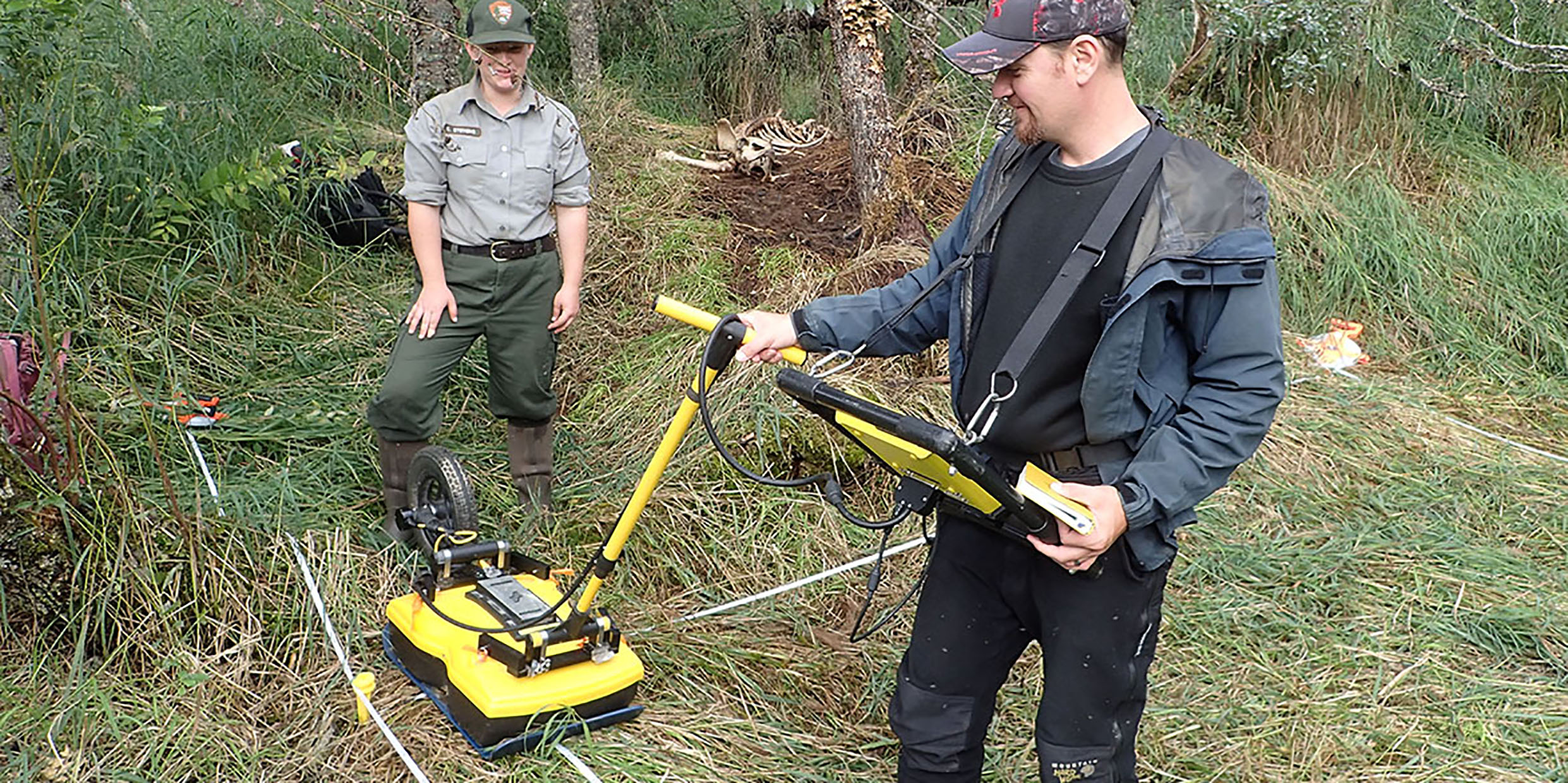Originally published 15 May 1989
If there was an award for the handsomest scientific periodical, it would surely go to the American Journal of Archaeology (AJA), a big, thick, white-covered quarterly, printed on glossy paper and full of crisp photographs and drawings. The century-old journal has a fusty dignity, like the venerable artifacts it describes.
The April [1989] issue contains reports on excavations of Phoenician ruins at Kommos in Crete, an analysis of motifs on Greek vases of the 8th century BC, a new reconstruction of Polygnotos’ famed wall painting at Delphi, and a study of cult practices in Southern Italy during the late-5th and 4th centuries BC. This is typical AJA fare and evokes wonderful images of vanished civilizations.
For my generation, those images were inalterably formed by National Geographic. That magazine’s “Everyday Life in Ancient Times” series of articles in the 40s and early 50s turned archaeology into a vivid cinemascope of the mind.
How we poured over those full-page paintings! The legions of Lagash, led by King Eannatum in a golden chariot, cut down the armies of Umma; the battlefield is littered with arrow-pierced bodies. A haughty visitor to the slave markets of Babylonia in the 18th century BC makes her choice from among nubile young women. Na’r, King of Upper Egypt smashes the heads of his enemies with a mace of ivory and gold. Scantily-clad boys and girls of Crete do hand-springs between the horns of a charging bull. The courtesan Phryne poses nude for the Athenian sculptor Praxiteles. Alexander, in golden helmet fashioned in the form of a lion, defeats Darius at the battle of Issus; his spear transfixes a hapless Persian.
History and titillation
This was heady stuff for kids of the 40s and 50s, about as rich a diet of sex and violence as one could find in those days. It had the advantage of conveying a healthy dose of history along with the titillation. Scattered among scenes of nakedness and carnage were others that illustrated the origins of agriculture, writing, mathematics, music, coinage, civil engineering, law, medicine, and democracy.
All of this information had been dug up out of the ground by the archaeologists of the 19th century, many of whom themselves lived lives of Homeric scale.
Among the giants of early archaeology were Heinrich Schliemann, who as a boy read stories of Homer’s heroes, Paris and Helen, Achilles and Hector, and of mighty Troy, burned and leveled by the Greeks, and after a lifetime of dreaming found the fabled city on the Anatolian plain, and in it “Piram’s Treasure”; Arthur Evans, who unearthed at Knossos in Crete the fabulous palace of Minos, the legendary king, and the labyrinth of the minotaur; Howard Carter, who opened the tomb of Tutankhamen, filled with priceless treasure, only to be haunted by “the curse of the Pharaohs”; Leonard Wooley, who excavated the royal tombs of the kings of Ur, where richly attired queens were laid to rest with murdered ladies of the court.
Somewhere along the way from Schliemann’s excavations of the 1870s to Wooley’s Babylonian adventures of the 1920s, archaeology changed from a treasure-hunt into a science. Archaeological expeditions are still called campaigns, in the style of Napoleon’s monument-snatching adventure in Egypt, but sensitivity to local cultures has replaced the imperialist attitude that the past belongs only to the privileged museums of Paris, London, and New York. The goal of archaeology has become exact description and cautious interpretation.
The archeologists of yesteryear were part classical scholars, part sophisticated grave-robbers. The archaeologist of today must be attuned to developments in physics, chemistry, and biology. Artifacts are dated by radioactivity and thermoluminescence, pollen grains are examined by electron microscope, food fragments are analyzed genetically, sites are mapped by aerial photography or proton-magnetometer. The computer and the mass spectrometer now supplement the shovel and the pick.
Pedantic yet romantic
Something of a split has opened up between those archeologists who welcome the new technologies and those who hanker longingly for the archaeology of the classical/humanist tradition. To this physicist raised on the gorgeous human dramas of Thebes, Mycenae, Knossos, and Ur (à la National Geographic) it seems that archaeology is enriched by both approaches. It is the one scientific discipline that by its nature can hope to bridge the ever-widening gap between scientific and literary cultures.
This, perhaps more than anything else, makes reading the AJA such a pleasure. The journal is part history, part art, part literature, part science. It is scholarly, even pedantic, but still manages to evoke the old National Geographic color and romance.
The day may be gone when vast, unsuspected civilizations can be dug up whole out of the ground, as Evans unearthed Minoan civilization and Wooley revealed the kingdoms of Ur. But the patient, meticulous recovery and description of thousands of artifacts from all over the world continue to accumulate into a great river of knowledge flowing out of the past to illuminate the present.



